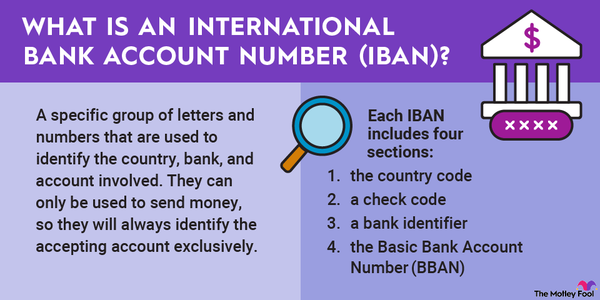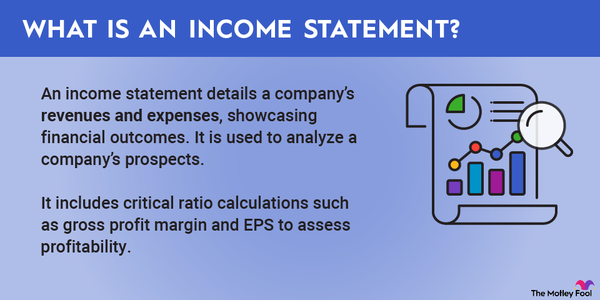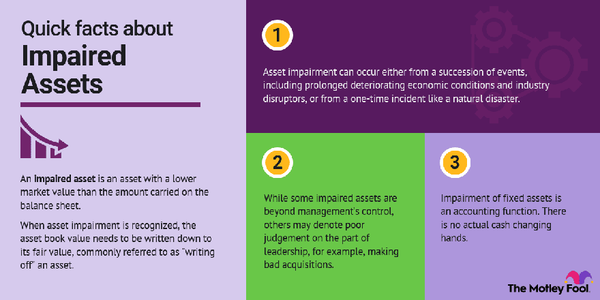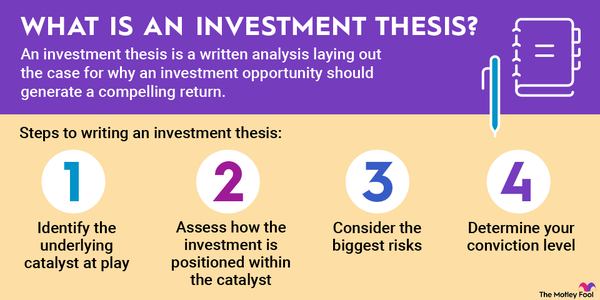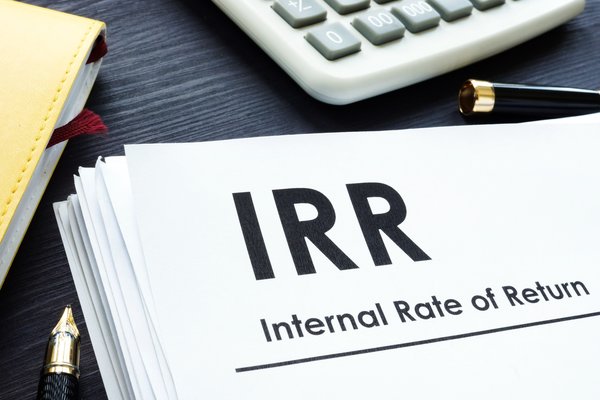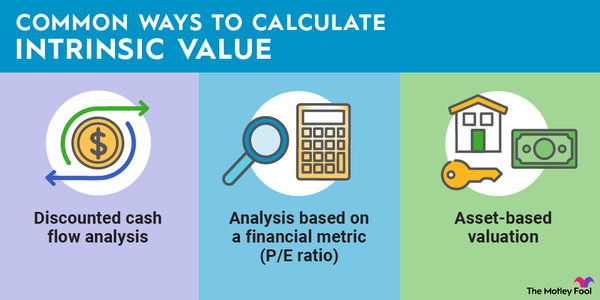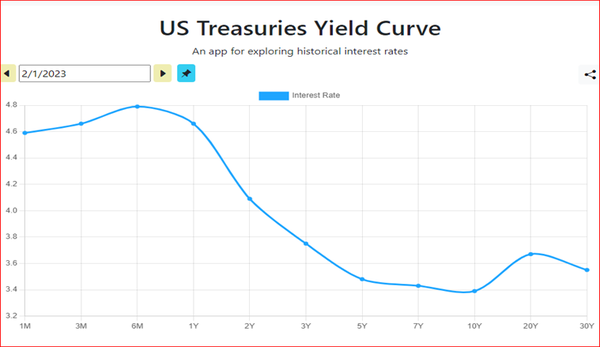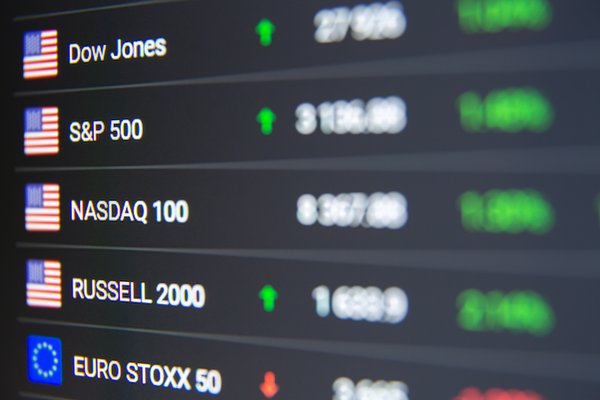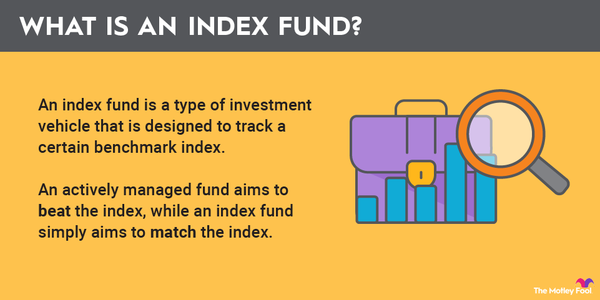Few things on Wall Street inspire excitement like a hot initial public offering (IPO). The offerings give individual investors the opportunity to get rich along with the company, its insiders, and early investors, and they also present a potential windfall for the Wall Street banks involved in the IPO process.
If you're interested in investing in IPOs or simply learning more about the process, you'll want to make sure you understand IPO windows.

Definition
What is an IPO window?
An IPO window refers to a period of time when the IPO market is ripe and companies go public.
IPOs, or initial public offerings, tend to come in waves since companies prefer favorable market conditions to ensure that their IPOs are successful.
For example, the IPO market boomed during the pandemic as tech companies saw strong demand for new issues, and tech stocks surged as businesses and consumers depended on technology more than ever before.
Conversely, the IPO market shriveled up during the 2022 bear market, with tech stocks plunging and investors showing little interest in new issues.
Why they exist
Why do IPO windows exist?
Going public is a big decision for a start-up or another privately held company, and they only get one chance to do it right.
A large IPO can raise billions of dollars for a company, and the value of the company can swing by billions depending on how it goes. So, companies look for a certain set of conditions in order to go public.
The best conditions include a bull market. IPO companies want to see a general upswing in stock prices, indicating that investors expect stocks to keep climbing, which makes it more likely that the IPO stock will move higher.
Generally, start-ups also want to see other stocks going public, which shows that the IPO window is especially active.
The performance of recent IPOs also acts as a strong signal for companies considering going public. If new issues are surging out of the gate, more start-ups are likely to follow and go public. We saw this pattern play out in 2020 and 2021.
Finally, since many IPOs are often tech stocks or tech-related, it helps if there's enthusiasm in the tech sector for them. Currently, with the artificial intelligence (AI) boom, there seems to be plenty of interest in new technology, which is likely to attract AI start-ups into the stock market as they mature.
Why they matter
Why you should pay attention to the IPO window
Even if you're not interested in investing in IPOs, it's worth monitoring the status of the IPO window.
That's because IPOs are correlated with the overall strength of the stock market and are a reflection of confidence both on Wall Street and among companies looking to go public in investor demand. When the IPO market is booming, the overall stock market and stocks in tech-related sectors are likely to be doing well too.
Occasionally, a company might pull its IPO if there's not enough demand or if market conditions suddenly change, such as when the pandemic happened. Instacart (CART -0.91%), for example, delayed its IPO in 2022 as it awaited better market conditions.
The response to an IPO can also give investors a sense of investor sentiment about a given subsector, such as semiconductors or e-commerce, as we saw recently with the debut of Arm Holdings (ARM -1.72%) and Instacart.
Related investing topics
Example
What's an example of an IPO window?
One of the most prominent IPO windows took place in 2020-21 as stock surged during the pandemic. IPOs actually took a breather when the pandemic first started and stocks plunged since there was too much uncertainty to bring a new company public.
However, the economy stabilized as Congress passed several rescue packages, and by the fall, IPOs were picking up again. Among the big-name stocks that went public were Snowflake (SNOW -1.79%), Airbnb (ABNB -1.19%), DoorDash (DASH 0.94%), Palantir (NYSE:PLTR), and others. That pattern continued in 2021, with Rivian (RIVN -2.25%), Coinbase (COIN -0.69%), and Roblox (RBLX 0.63%) all going public.
There was even a boom in special purpose acquisition companies (SPACs), a different way of going public.
However, by 2022, many of those stocks were trading below their IPO price, a sign that there may have been too much euphoria around new tech issues.
Although the IPO window was essentially closed for nearly two years, it now seems to be reopening. Arm and Instacart went public in September, and other companies seem ready to test the waters as well.
This IPO window may not be as big as the last one, but the activity in the IPO market is a promising sign of investor confidence in the face of rising interest rates and other concerns about the economy.









